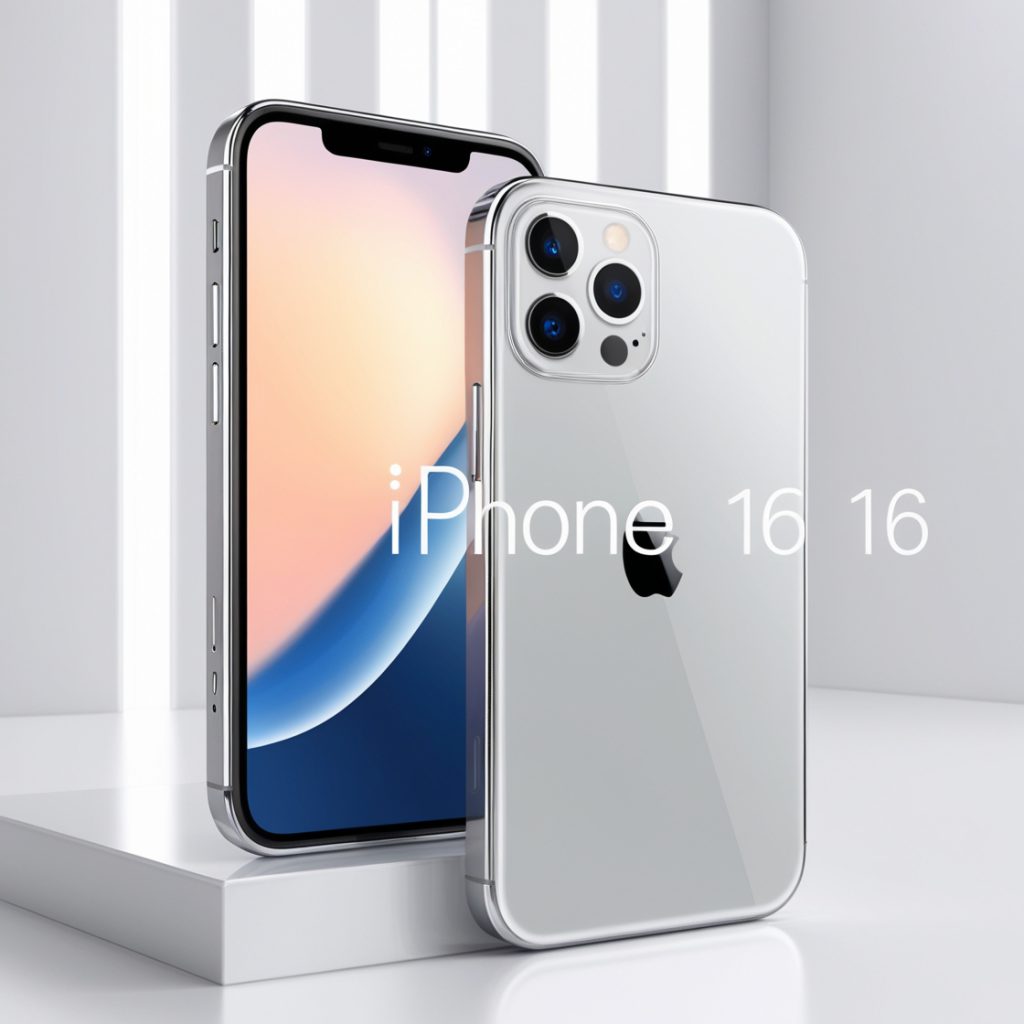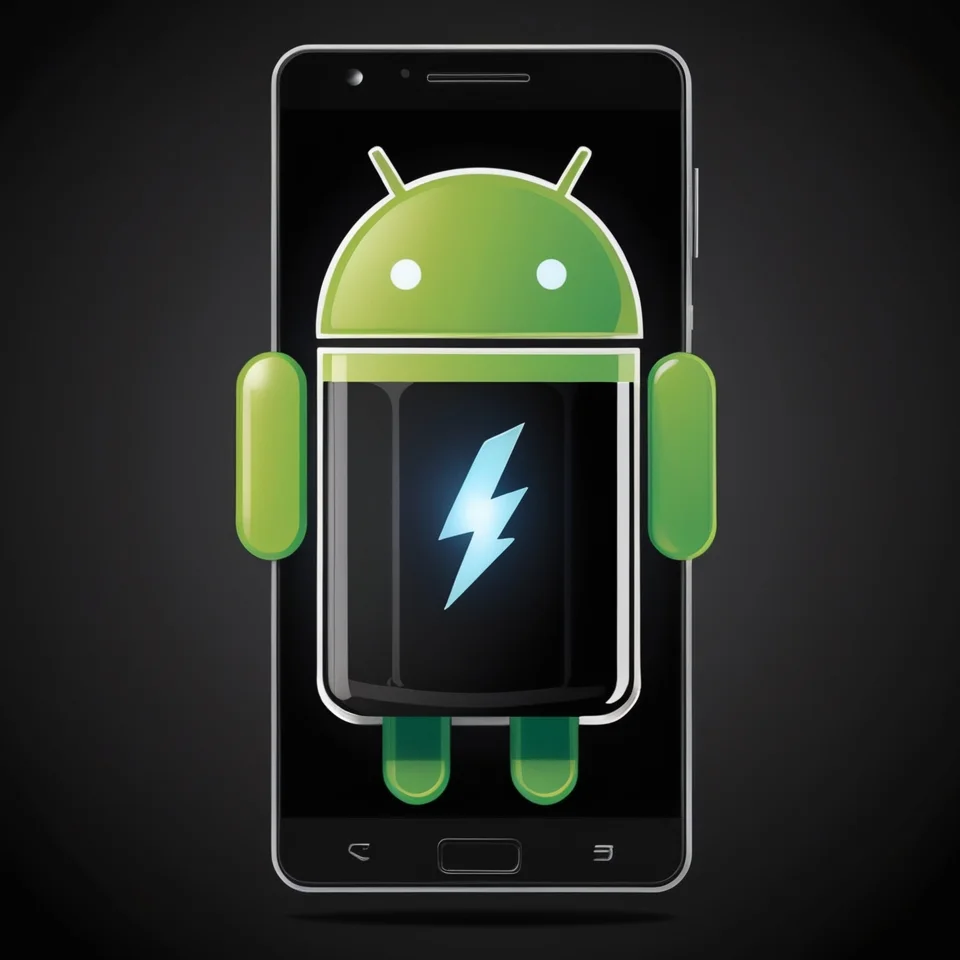The launch of the iPhone 16 has sparked excitement among tech enthusiasts, and for good reason. With promises of significant upgrades in performance, AI capabilities, and camera enhancements, this device aims to solidify Apple’s position as a leader in the smartphone market. Here, we explore the iPhone 16’s features, technical specifications, and the new innovations it brings, while comparing it to other models and the competition.
Key Features and Technical Specifications
The iPhone 16 continues Apple’s sleek and minimalist design, incorporating several crucial hardware upgrades. The display features a 6.1-inch Super Retina XDR OLED with a resolution of 1179 x 2556 pixels. This screen offers brightness levels up to 2000 nits, providing enhanced visibility outdoors and delivering vibrant, crisp colors.
At the heart of the device is the new A18 chip, built with 3 nm technology. This processor is not only more powerful but also more efficient, offering superior performance for demanding tasks like gaming, video editing, and augmented reality applications. Additionally, iOS 18 ensures optimal utilization of this chip, especially for AI-driven features.
Significant Improvements in the iPhone 16
One key area of improvement is the battery life. With a 3,561 mAh battery, the iPhone 16 promises longer usage than its predecessor. This improvement, combined with the energy efficiency of the A18 chip, should offer a longer-lasting user experience without frequent recharges.
In terms of cameras, the iPhone 16 features a 48 MP primary camera and a 12 MP ultra-wide camera, ensuring detailed and well-balanced photos in various lighting conditions. While there aren’t drastic hardware changes compared to the iPhone 15, Apple has enhanced the software, especially in image and video processing.
Artificial Intelligence and the iOS 18 Operating System
A major focus for Apple is the integration of advanced AI within iOS 18. The operating system is designed to learn from users’ habits and optimize both device performance and battery life. The cameras also benefit from AI, with improvements in night mode, autofocus, and image stabilization.
Comparison with Other iPhone Models
Compared to the iPhone 15, the iPhone 16 offers modest yet important upgrades. While the design and cameras remain similar, the new A18 processor delivers a significant boost in speed and energy efficiency. Additionally, the iPhone 16’s display has higher maximum brightness, enhancing the viewing experience in bright environments.
The iPhone 16 Pro, on the other hand, includes additional features like a 6.3-inch display and a 12 MP telephoto camera with a 5x optical zoom, making it an ideal choice for photography enthusiasts.
Comparison with the Competition: iPhone 16 vs Samsung Galaxy S24
The Samsung Galaxy S24 stands as the iPhone 16’s primary competitor. While both devices offer similar levels of performance, there are key differences. The iPhone 16 features the A18 chip, while the Galaxy S24 is powered by either the Exynos 2400 or Snapdragon 8 Gen 3, depending on the region, making it a formidable competitor in raw power.
In terms of display, the Galaxy S24 boasts a 120 Hz refresh rate, compared to the iPhone 16’s 60 Hz, offering a smoother scrolling experience. However, Apple’s seamless hardware-software integration remains a key advantage.
Pricing and Models
The iPhone 16 comes in three storage options: 128 GB, 256 GB, and 512 GB, with prices starting at approximately $999. Although it’s not the most affordable device on the market, Apple justifies its price with cutting-edge technology and the build quality that has become synonymous with its products.
Conclusion
The iPhone 16 marks another step forward for Apple in terms of performance and user experience. While it doesn’t revolutionize the design or cameras, the upgrades in the processor, AI, and battery life make it a solid choice for those looking for a powerful and reliable phone. In a highly competitive market, the iPhone 16 continues to stand out due to its hardware-software integration and refined user experience.



